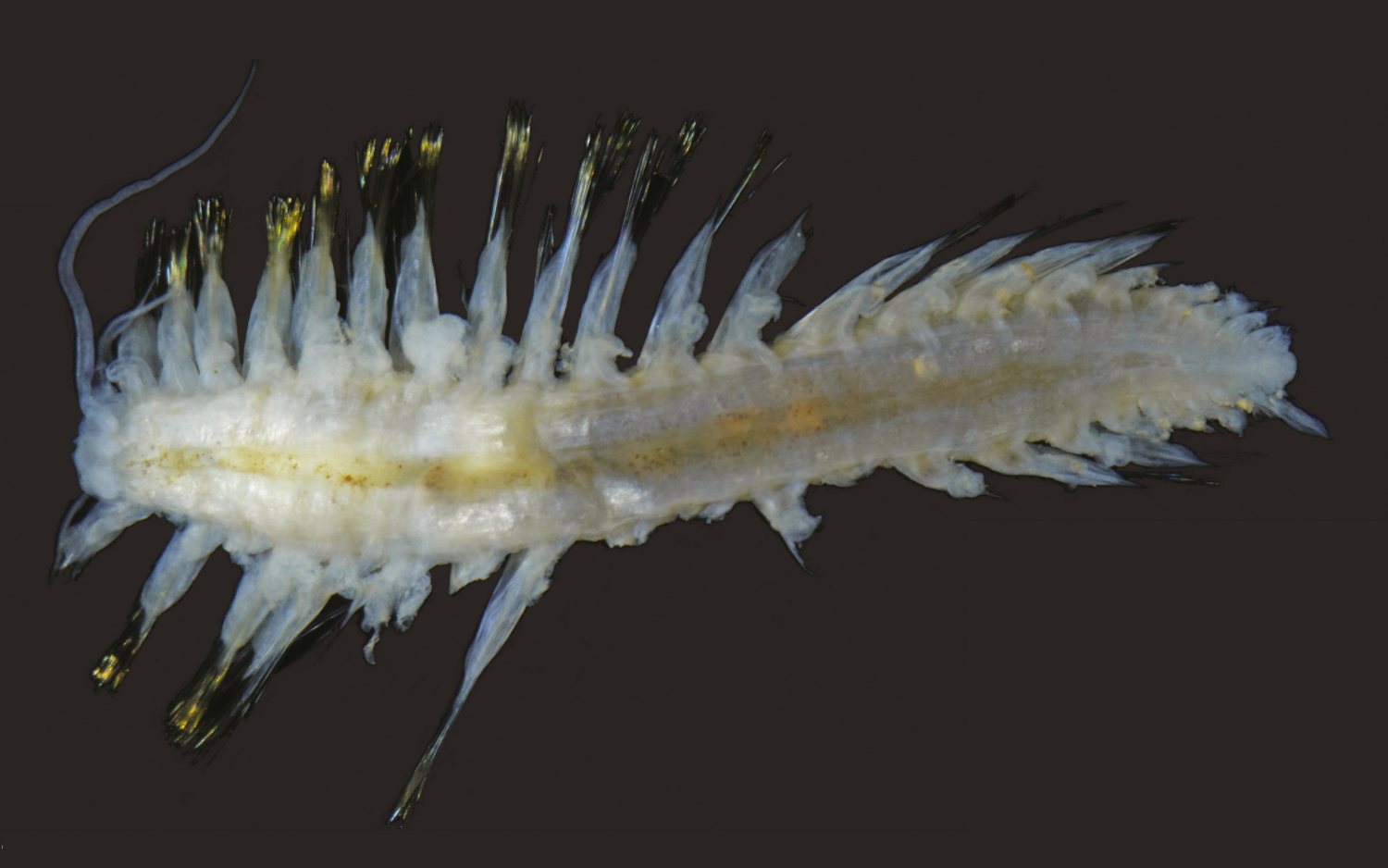Hodor! Deep-Sea Worms Get 'Game of Thrones' Names

Marine worms that dwell in the numbing cold of the deep ocean don't care if winter is coming. Be that as it may, several newly described species of these worms now owe their names to "Game of Thrones," inspired by the remorseless Arya Stark (Abyssarya acus) and everyone's favorite man of few words, Hodor (Hodor hodor and Hodor anduril).
The deep-sea worms are part of a family called Polynoidae, which includes about 900 species. These newfound creatures were collected during an expedition to the equatorial Pacific Ocean, at depths of between 13,000 and 16,000 feet (4,000 and 5,000 meters), scientists reported in a new study.
Deep-dwelling worms such as these are not as well-studied as their cousins who live in shallower habitats. But with the newfound samples, scientists substantially expanded the group's family tree, describing 17 newfound species and four newfound genuses, according to study co-author Paulo Bonifácio, a researcher with the Department of Deep-Sea Ecosystems at the French Research Institute for Exploitation of the Sea. [9 Animals with 'Star Wars'-Inspired Names]
For the genus Abyssara, the study authors borrowed from the Latin word "abyssus" (which means "bottomless") and the name Arya, one of Bonifácio's favorite "Game of Thrones" characters.
Hodor hodor measures about 0.4 inches (11 millimeters) long and about 0.08 inches (2 mm) wide, with 24 body segments and nine pairs of limb-like structures. Abyssarya acus is significantly smaller: about 0.2 inches (5 mm) long and 0.02 inches (0.4 mm) wide, with 18 body segments. Both worm specimens were pale from the preserving ethanol, so it is unclear what color the species are in life, the researchers reported.
Other worms from the study acquired monikers that referenced other geeky allegiances the scientists have. The name of the newfound genus Yodanoe was derived from Yoda, the "Star Wars" Jedi master, and the species name Hodor anduril includes a nod to Aragorn's sword from "Lord of the Rings" — "andúril," or "flame of the west" in Elvish — because of the worm's sword-like structures, the study authors reported.
However, not all of the species were named for figures in pop culture. Some drew their names from the scientists' colleagues and friends, and one memorable creature — Macellicephaloides moustachu — earned its species name from sensory appendages on its head that extended horizontally, giving it the appearance of sporting a mustache.
Sign up for the Live Science daily newsletter now
Get the world’s most fascinating discoveries delivered straight to your inbox.
The findings were published online Nov. 14 in the Zoological Journal of the Linnean Society.
In Photos: Weird Bristle Worm Calls Antarctica Home
Star-Struck: Species Named After Celebrities
From Blobfish to 'Adorable' Octopus: 9 Animals with Perfect Names
Original article on Live Science.

Mindy Weisberger is an editor at Scholastic and a former Live Science channel editor and senior writer. She has reported on general science, covering climate change, paleontology, biology and space. Mindy studied film at Columbia University; prior to Live Science she produced, wrote and directed media for the American Museum of Natural History in New York City. Her videos about dinosaurs, astrophysics, biodiversity and evolution appear in museums and science centers worldwide, earning awards such as the CINE Golden Eagle and the Communicator Award of Excellence. Her writing has also appeared in Scientific American, The Washington Post and How It Works Magazine. Her book "Rise of the Zombie Bugs: The Surprising Science of Parasitic Mind Control" will be published in spring 2025 by Johns Hopkins University Press.









